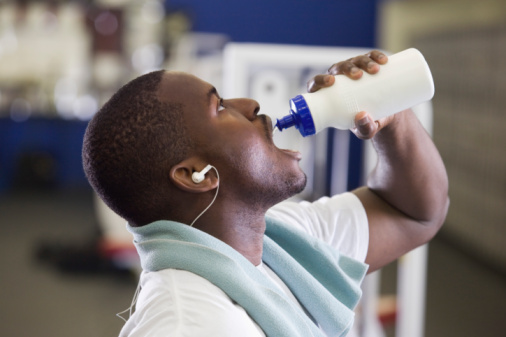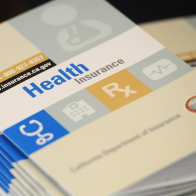
Put down your water bottle and walk away. Without being overly dramatic it’s important for you to know that you’re regular workout routine is going to need a makeover when it comes to re-hydrating with your plastic water bottle. We’ve lived our entire lives in the comfort of plastics.
In fact, we’ve grown to love them. From microwaving our foods in those infamous Tupperware containers, to packing along snacks in convenient baggies, our relationship with plastics began when we were in the womb and has grown with us into adulthood.
This love affair, however, has been very one-sided and our plastics do not love us back. A few short years ago there was discussion in the news as well as the scientific community concerning the chemical Bisphenol A, or BPA. This industrial chemical, found in the urine of 93 percent of Americans, has been sed in certain plastics and resins since the 1960s and until recently (a few years back for Japan who has been on the money with research and regulation since day one) has been evaluated for safety concerns on human health. The egregious chemical mimics the female hormone estrogen.
In a study from Harvard’s School of Public Health on mothers and pre-school girls with high levels of BPA, the higher the mother’s level of BPA, the worse their daughter did on standardized tests.
Why it’s so dangerous
WebMD cites the National Toxicology Program at the Department of Health and Human Services as saying it has “some concern” about the possible health effects of BPA on the brain, behavior and prostate gland of fetuses, infants and children.
Why the alternatives don’t actually mean you’re safe
After the studies of BPA hit the news and mommy bloggers and the like began spreading the word, many manufacturers immediately went to work labeling their products as “BPA-free.” While many brands have discontinued using this chemical in their products, without proper follow up, research and accountability, there is no actual compliance measurement of which manufacturers actually took their BPA-containing products off the shelves and replaced them. This crapshoot of sorts makes protecting your health a little more of a challenge.
Another hair raiser around the BPA-free issue is the use of the toxic alternative to the BPA issue. The sister chemical to BPA, Bisphenoal S or BPS, is now being used in place of BPA in many “BPA-free” products, and have made matters worse. According to ScienceDaily.com, in a research study performed on measuring the effects of BPA, people actually absorb BPS up to 19 times more than they absorbed BPA when it was used more widely.
Stainless and painless
Until it’s made clear exactly how the chemicals in plastic can be altered as to not affect human health, it’s best that we carry a stainless steel water bottle whether we’re at the gym or rehydrating at the office. Outside of being the perfect companion to carry throughout the day, they’re also better on the environment, can be used to last a lifetime and they’re dishwasher safe.
Do you currently use a stainless steel water bottle when you workout?







Stainless steel? I’ve always heard there’s a weird aftertaste. Ew…GLASS. Life factory. Even Kroger carries(or did) a line a similar silicone wrapped glass bottles. Go glass.
Like Iesha I too have always used glass(bottle)…Just make sure its out of the way when you sit it down.